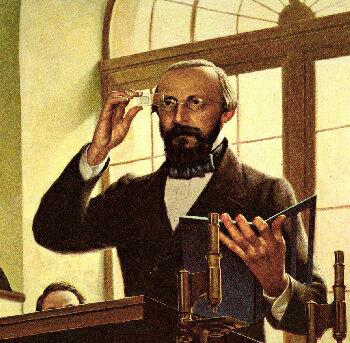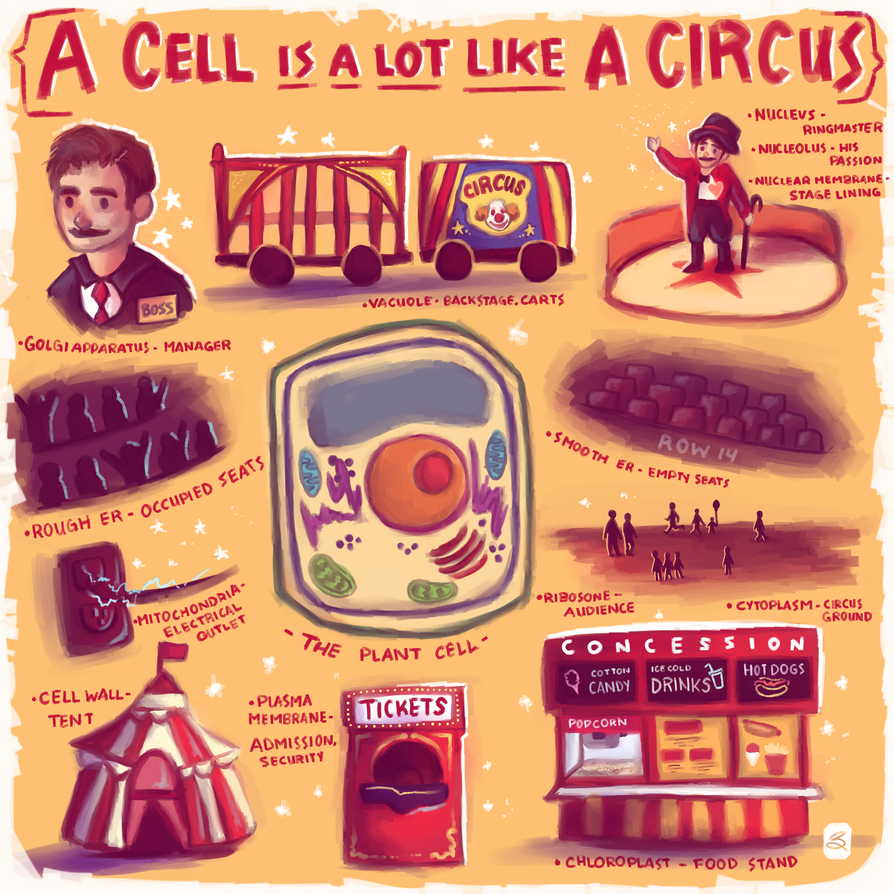Chapter 3.3 Cell membrane
Functions: contains cell contents, controls what enters and exits a cell
Fluid mosaic model: describes the arrangement of molecules that make up a cell membrane.
**The Membrane is flexible like a fluid and has a variety of molecules like the variety
of tiles in a mosaic
of tiles in a mosaic
Phospholipids: form a double layer surrounding a cell.
charged/polar phosphate group, and glycerol
no charge/non polar two fatty acid chains.
head: hydrophilic (water loving)
tails: hydrophobic (water fearing)
charged/polar phosphate group, and glycerol
no charge/non polar two fatty acid chains.
head: hydrophilic (water loving)
tails: hydrophobic (water fearing)
Other Molecules that make up the cell membrane:
cholesterol: strengthens membranes
proteins: help cell identification, movement of molecules across
proteins: help cell identification, movement of molecules across
membranes and cell signaling,
carbohydrates: aid cell identification
carbohydrates: aid cell identification
Selective permeability/Semipermeable:
cross; in order for cell to maintain homeostasis;
cross; in order for cell to maintain homeostasis;
Receptors: detect a signal molecule and perform an action in response

ligand is a molecule that acts as a signal when it binds to a receptor. Can cross the cell membrane

ligand is a molecule that acts as a signal when it binds to a receptor. Can cross the cell membrane
Intracellular: located inside a cell; bind to molecules that can cross the membrane
Membrane : located in the membrane; binds to molecules than cannot cross the membrane;
change in shape transmits the message to the cell interior
How do different solutions affect cells?
** hypertonic solution has a higher concentration of dissolved particles than a cell. This means water concentration is higher inside the cell than outside. Thus, water flows out of the cell, causing it to shrivel or even die.
**isotonic solution to a cell if it has the same concentration of dissolved particles as the cell.Water molecules move into and out of the cell at an equal rate, so the cell’s size remains constant.
**hypotonic solution has a lower concentration of dissolved particles than a cell. This means water molecules are more concentrated outside the cell than inside. Water diffuses into the cell. If too much water enters a cell, the cell membrane could potentially expand until it bursts.
Facilitated diffusion: the diffusion of molecules across a
membrane through transport proteins; requires no energy input
from the cell
**Active transport: drives
molecules across a membrane
from lower to higher
concentration (against a
concentration gradient)
**Most active transport proteins use energy
from
molecules across a membrane
from lower to higher
concentration (against a
concentration gradient)
**Most active transport proteins use energy
from
the breakdown
of ATP (IS ENERGY)
Endocytosis: process of taking in
liquids or larger molecules into a
cell by engulfing in a vesicle;
requires energy
Exocytosis: process of releasing
substances out of a cell by fusion of a vesicle
of ATP (IS ENERGY)
ACTIVE & PASSIVE TRANSPORT RECAP
Endocytosis: process of taking in
liquids or larger molecules into a
cell by engulfing in a vesicle;
requires energy
Exocytosis: process of releasing
substances out of a cell by fusion of a vesicle
with the membrane
requires energy
Phagocytosis (cell eating):is a
type of endocytosis in which the
cell membrane engulfs large
particles.
requires energy
Phagocytosis (cell eating):is a
type of endocytosis in which the
cell membrane engulfs large
particles.
















































